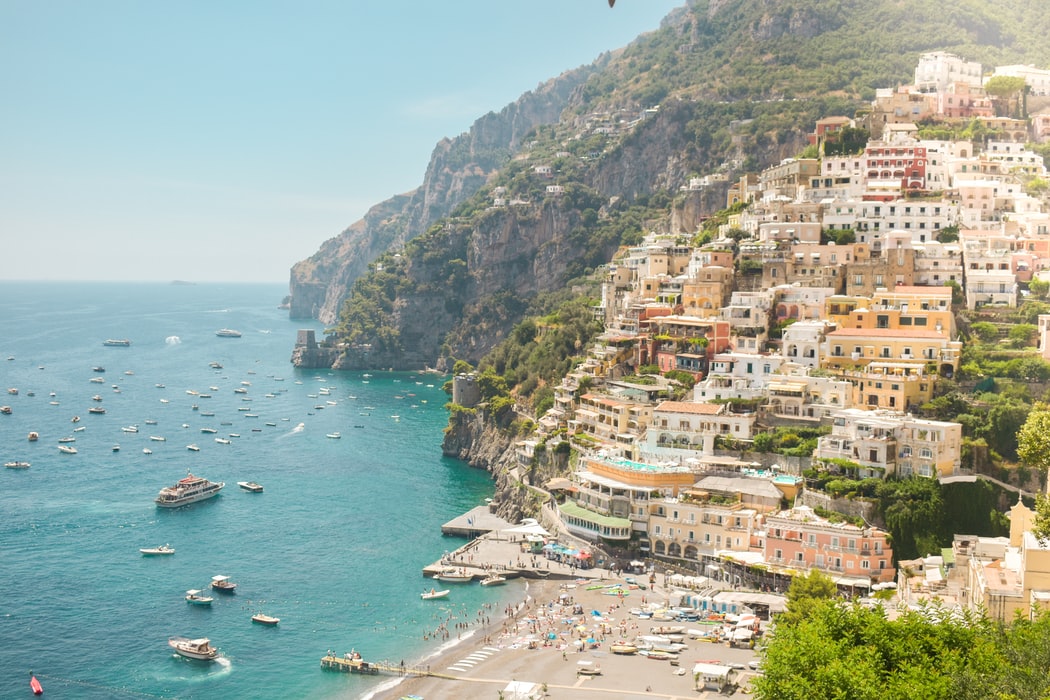Culture & Lifestyle
Italy
Published on July 7, 2014
Vines 101: Trentino-Alto Adige Wine
By Dana Quinn
While expanding your palate is a worthwhile endeavour in its own right, it’s made all the more rewarding when you have a sense of the history behind the bottle. In our Vines 101 series, we pull back the curtain on some of our favourite wine regions. Here, we offer a brief primer on Trentino-Alto Adige wine.
Trentino-Alto Adige Wine
A Brief Introduction
In this region, terraced vineyards grace the hillsides and hug the estates and farms that attempt to grow grapes in this often-volatile climate. The temperature fluctuations, however, only serve to heighten the flavour and aroma in a wine—if the grapes aren’t damaged first.
Trentino-Alto Adige is split into two provinces: Trento and Bolzano. Bolzano makes up the Alto Adige and consists mainly of a bilingual population that differs from the Italian Trento residents by more than just a hyphen. However, when it comes to making wine, the practices are relatively similar, so we can put them in one category.
The Romans began making wine here between the third and fifth centuries, and supposedly discovered the use of wood barrels for aging and transporting wine. This is not a wine region one thinks of when considering Italian wine; however, it boasts the first Italian DOC Chardonnay and Spumantes, and 85% of its wines fall under the DOC (denominazione d’origine controllata) classification. They do make some great wines, but are better known for their table wines in large bottles with metal twist-off tops.
 Reds
Reds
The most common red varietals are Vernatsch, also called Schiava (the grape in a St. Magdalener), Cabernet Franc and Cabernet Sauvignon, Lagrein, Merlot and Pinot noir (try the Höfsatter). Seventy percent of the wine is red and 30% is white—though many argue that the land produces better whites than reds and should therefore try to move to at least a 50-50 ratio.
Whites
The Chardonnay is becoming the most popular, not necessarily because it is better than the others, but because the name sells. The local Pinot Grigio is fantastic, and the area also does well with the German varietals such as Riesling, Sylvaner, Gewürztraminer and Müller Thurgau (a hybrid of Riesling and a Sylvaner cousin that found its first home outside Switzerland right here). It’s no wonder this region is often compared to Alsace, for both its winemaking and its similar cross-cultural history.

